
Power steering is a great invention. Without it, turning your car’s steering wheel would be quite hard work, especially when driving slowly. It’s hydraulics and electrics are designed to support your efforts in the driving seat, keeping you free from fatigue and making the car’s drive an altogether more promising experience.
Whilst power steering failure doesn’t automatically equal an accident, you are constantly using this system to correct your course and react to danger on the road, making a problem with this system a potential hazard. If a problem occurs you’ll mostly likely feel or hear the issue first, giving you a chance to avoid serious damage to your car and save money.
As with all your car’s systems early fault diagnosis is the way to stop problems with individual parts affecting other associated workings and the power steering is no different. Watch out for the following signs to avoid expensive fixes and keep your arms free from fatigue.
Table of contents:
- Leaks
- Squealing When You Start the Car
- Stiff Steering
- Unresponsive Electrical Steering
- Our Final Word
Leaks
Without question the most common issue is a leaking system, which is often accompanied by a stiff response from your steering wheel where you may find it harder than usual to turn. If there is a serious leak and you’ve lost the majority of the fluid, then you may even hear some nasty grinding noises when you turn the wheel. Run out of liquid and you’ll burn out the pump completely. And if you’re hearing squealing noises get down the garage pronto.
What you can do:
Act quickly and don’t let the problem get to the dreaded squealing stage. At the first sign of steering stiffness check the power steering fluid levels and monitor for a few days. Look under the car and if you see the surest sign of problems, which is red or brown fluid dripping from the system, then it’s time to look deeper.
One common cause of leaks is a fractured or worn out hose. However, if you can’t see any damage to the body of the hose then the chances are you have problems with the connections, such as loose or damaged clamps.
If both the hose and the clamps appear to be in good order, the next focus of your attention should be the power steering pump. The seal is often the first thing to go, so check this thoroughly as it could be the source of the leak.
Finally, make sure your entire power steering rack receives a thorough examination, as the leak could be originating from anywhere on this system. More often than not the rack will have problems with the centre main seal, pushing the fluid out from the gators on either end, or leaks may occur in the top pinion seal.
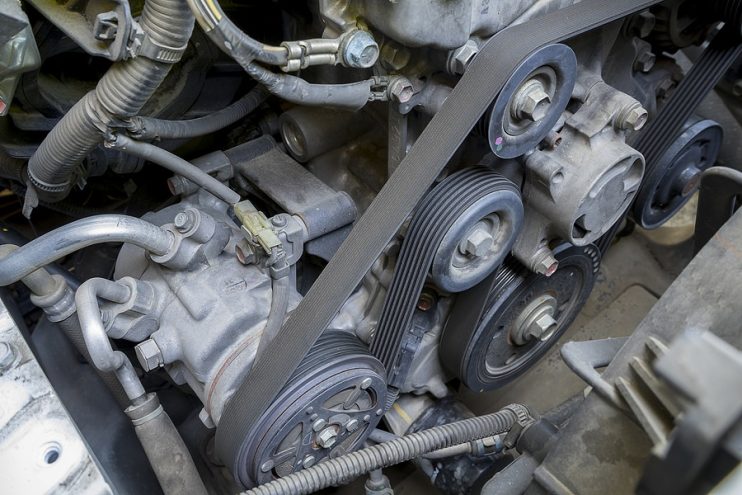
Squealing When You Start the Car
Can you hear a loud squealing coming out from underneath your car? If you have checked for leaks then this could be the belt, especially if you are experiencing this when first starting the car or when you’re taking on sharp turns and bends. The squealing will often be coming from the drive belt, which may need adjustment or in the worst case scenario, replacing altogether.
What you can do:
First port of call is to check the power steering pump pulley. Examine the belt for any visible faults including cracks or missing pieces. Any wear and tear should be taken seriously as it could quickly become terminal. Replace immediately or risk further problems.
If the belt is merely loose and undamaged you might require a friend to help. Safely jack up the car and get them to turn the wheel whilst you inspect the position of the belt. Should you hear a whining sound then it’s time to turn the car off, get out the tools and tighten or adjust the belt to get it firmly back in place.
Stiff Steering
You’re noticing that it’s taking a whole lot more effort to turn the steering wheel and your arms are feeling tired after longer journeys. It could be that your hydraulic assist is losing power, which is usually caused by issues with the fluid, either from a loss of pressure or low fluid levels in the vehicle.
What you can do:
Check the power steering fluid reservoir as your starting point. It’s advisable to always run the car for a few minutes first, this way you’ll be able to make the most accurate assessment of the actual amount of fluid that’s present in the power steering system. If there’s a significant lack of fluid in the system then you may want to go to the garage as there’s a high chance you have a leak.
For low fluid levels you can always top up the fluid, but be aware that this is only going to be a temporary solution and won’t help if you are experiencing a leak in the longer term.
If the fluid levels are acceptable, then the next most likely reason is the loss of hydraulic fluid pressure. Again this could be down to a leak, but there are other technical problems that could also exacerbate this situation such as cracks and small fissures in the hydraulic lines or detective components within your pump wearing out. One common pump issue is the pressure plates deteriorating which could lead to pressure loss.

Unresponsive Electrical Steering
Problems with the electrical steering could be down to faults with the electrical wiring and circuits in the system if you have a part hydraulic and part electric system, such as the one that can be found in the popular Mini Cooper’s steering pump. However, in this situation if you have ruled out issues with the fluid and the hydraulic cables then the electric power steering should be your next suspect when your steering is not properly responding.
What you can do:
If you have a code reader then this will help you identify the problem within your car’s system, but if you don’t have access to the onboard diagnostics or a device scan then you may be forced to start with the connections and wires in your fuse box, then move on to check your battery’s voltage.
If everything seems to be in working order then you can always try to reset the system by turning your car on and off again. This will clear the buffers and memory in your computer run systems and could be the jolt it needs to get it up and running again. However, if this fault is occurring regularly then resetting will only work for so long before you’ll need to get it check out professionally.
Our Final Word
As with all car problems acting early is the best way to avoid complications and danger on the road. Power steering is a vital part of your car’s systems and it does help you to maintain a firm course. Although you can drive safely without its support, you might find that leaving fixes for too long means that you could end up paying for an expensive repair bill.


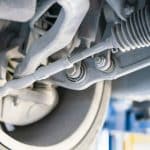

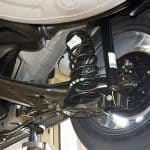
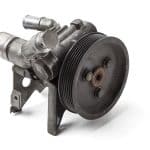

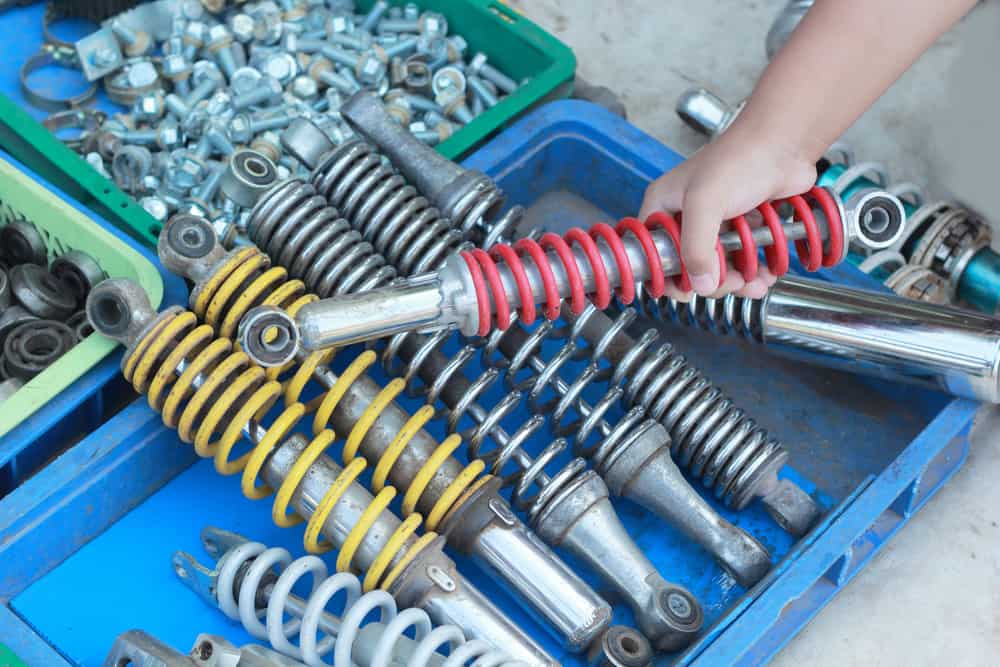

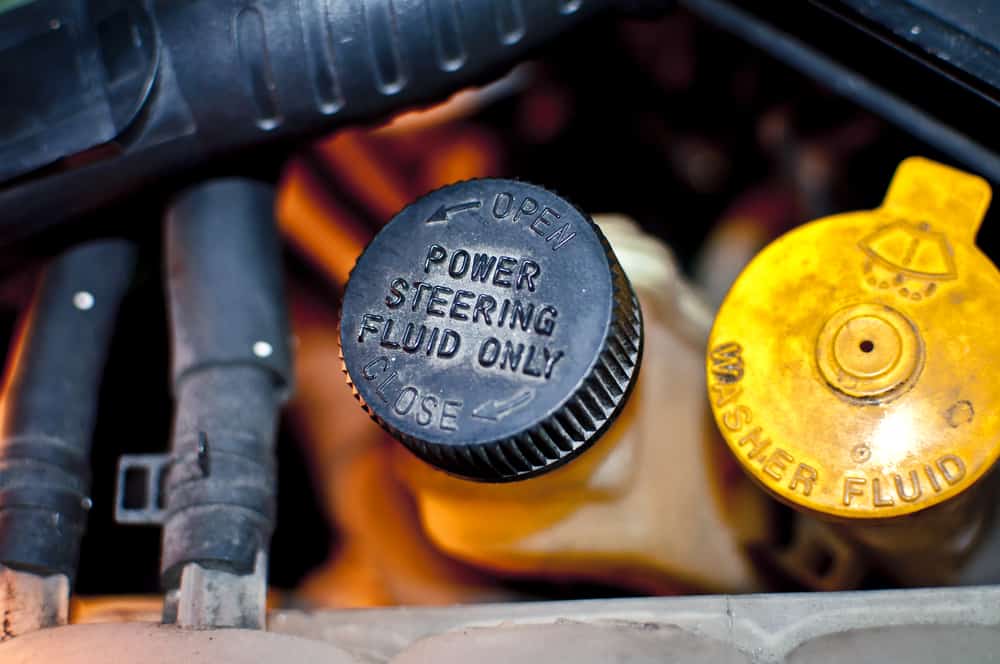
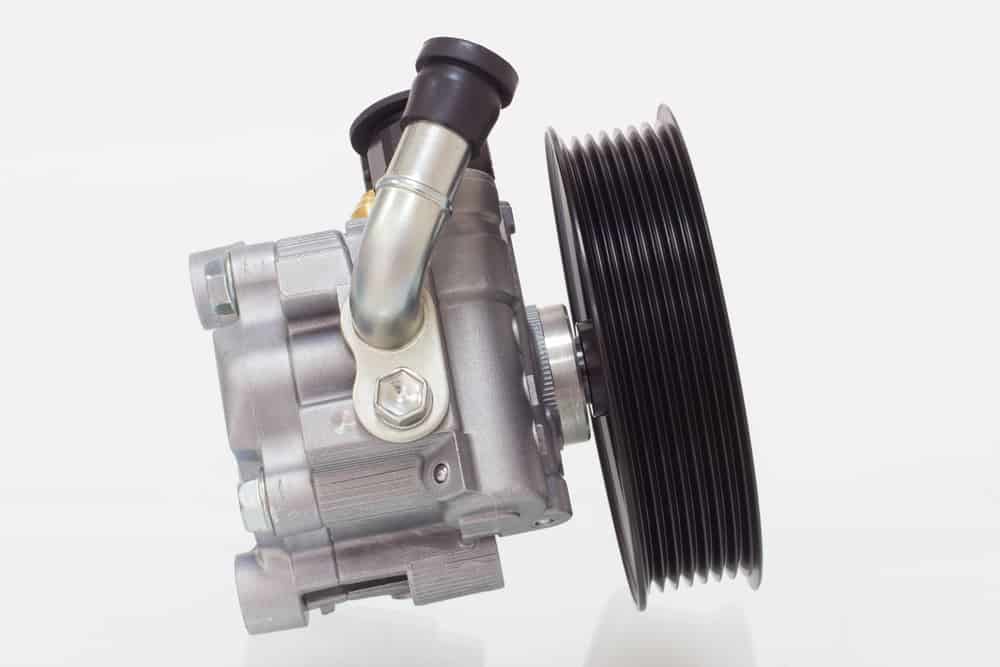
.png)